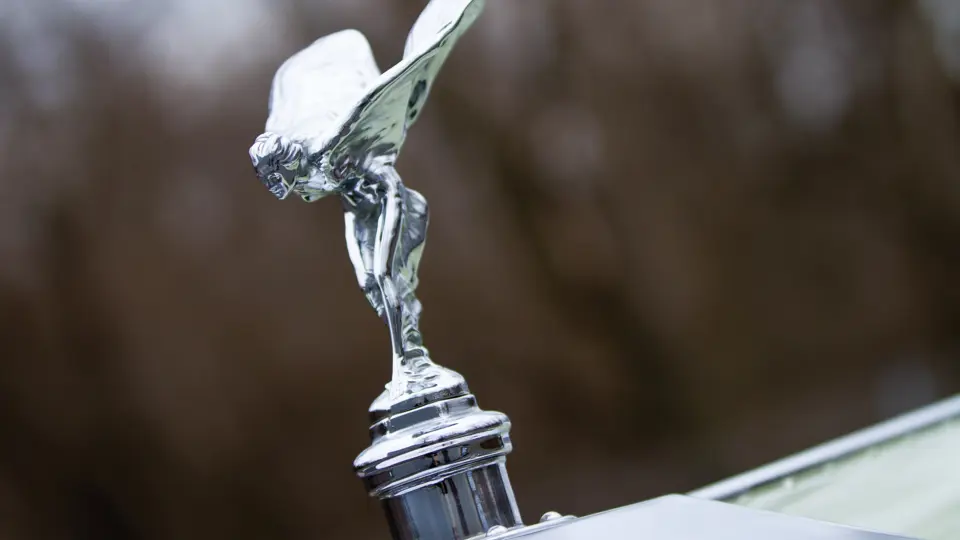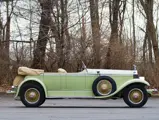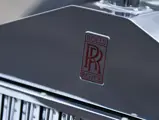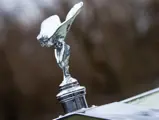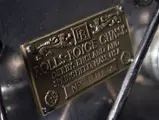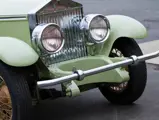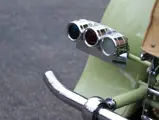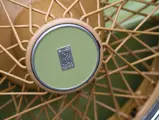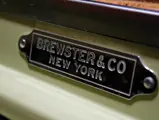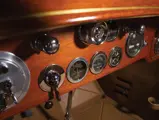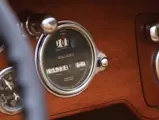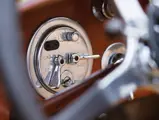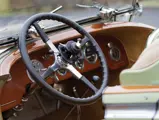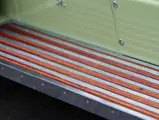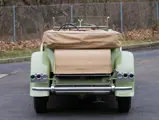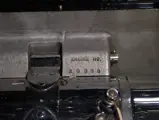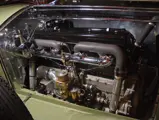40/50 bhp, 468 cu. in. overhead-valve inline six-cylinder engine, three-speed manual transmission, solid front axle with semi-elliptic leaf springs, live rear axle with cantilever leaf-spring platform suspension, and four-wheel servo-assisted brakes. Wheelbase: 146.5 in.
Rolls-Royce began to build automobiles in Springfield, Massachusetts, in 1921. The location was chosen for its proximity to major northeastern markets and important suppliers, as well as for the supply of skilled craftsmen trained in the armories of the Connecticut River Valley and the New England machine tool industry. The first 40/50 horsepower Silver Ghosts were shipped from England and assembled in Springfield under the direction of a cadre of some 50 experienced Rolls-Royce hands who emigrated from Derby.
Specifications slowly began to evolve; first, locally sourced components were substituted for those from English suppliers, and then, specific modifications were made to better adapt American-built Rolls-Royce automobiles to the North American market.
More significantly, the bespoke, custom-ordered coachwork that graced Derby-built chassis did not fit American buying patterns, so, from the beginning, Rolls-Royce offered standard coachwork, which was usually painted and trimmed to order. Bodies were ordered from a number of independent coachbuilders, in quantities of up to 20 at a time. They were badged “Rolls-Royce Custom Coach Work” and were mainly built by Brewster, but also by Biddle and Smart, Hibbard & Darrin, New Haven, Merrimack, Smith Springfield, and Willoughby. By 1923, business was good enough for Rolls-Royce to establish its own coachworks in Springfield. These bodies were as good as anything built anywhere in the world. In design, they are considered to be among the most attractive, balanced, pleasing, and functional bodies ever built for any luxury marque.
The 40/50 horsepower Silver Ghost was superseded in 1926 by the Phantom I, which was suitably modified for left-hand drive and manufacture in the United States. Introduction of the Phantom I coincided with integration of Brewster’s coachworks with Rolls-Royce’s American operations and the addition of several new offerings, including the very attractive open Ascot, the Derby, and the Derby Speedster Tourers.
By 1929, further refinements included an aluminum cylinder head, chrome-plated exterior brightwork, flat-bar bumpers, servo-assisted four-wheel brakes, and thermostatically controlled radiator shutters. Highly evolved to adapt to the road conditions and driving preferences of North American customers, with ample parts and service support from both Rolls-Royce representatives and its network of U.S.-based suppliers, it is no surprise that, in this booming year, Rolls-Royce sold some 350 automobiles.
THE HOLTERBOSCH ASCOT
Offered here is chassis number S398KP, which was originally delivered to M.G. Patton, the Rolls-Royce dealer in Pittsburgh, Pennsylvania, on April 12, 1929. As a late Ascot Tourer, it was equipped with a sporty top of the same design as the Derby model and had early-style bumpers, but in chrome trim, as was correct that year. Following five months of use by prospective customers as the dealership’s “trials car,” the Ascot was delivered new to Paul Butler on September 27.
Rolls-Royce Foundation records indicate that the car was later owned by Marty Whalen; Stamo Papadaki, of Washington, Connecticut; and then Fred A. Wilsea, of New Preston, Connecticut.
On December 29, 1977, the Phantom I was acquired by Hans Dieter Holterbosch, the American importer of Lowenbrau beer. Mr. Holterbosch is well known in collecting circles as an avid enthusiast and true connoisseur, who purchased new such vehicles as a Mercedes-Benz 600, a Rolls-Royce Phantom V, and a Ferrari 500 Superfast. He also assembled a small but carefully curated assemblage of excellent vintage machinery, including this Rolls-Royce, which he kept for decades.
The Ascot was restored by Crossthwaite & Gardner during his ownership in England, where it was painted in the elegant period-correct colors that it wears today. It was carefully maintained but seldom used over the passing years. Recently, it was refreshed by respected restorer Chris Charlton, who sorted the car properly, including installing new blackwall tires, flushing the fuel tank, and cleaning the carburetor. Mr. Charlton notes that the car is among the most pristine and accurate of surviving Ascots, with the most desirable combination of features, and that the restoration has held up rather well. Underneath, in fact, it still appears clean and virtually as it was when completed.
This superb car, offered here publicly for the first time in decades, is an outstanding example of one of the sportiest Springfield Rolls-Royces, which has been treasured by one of the great connoisseurs of the modern era.
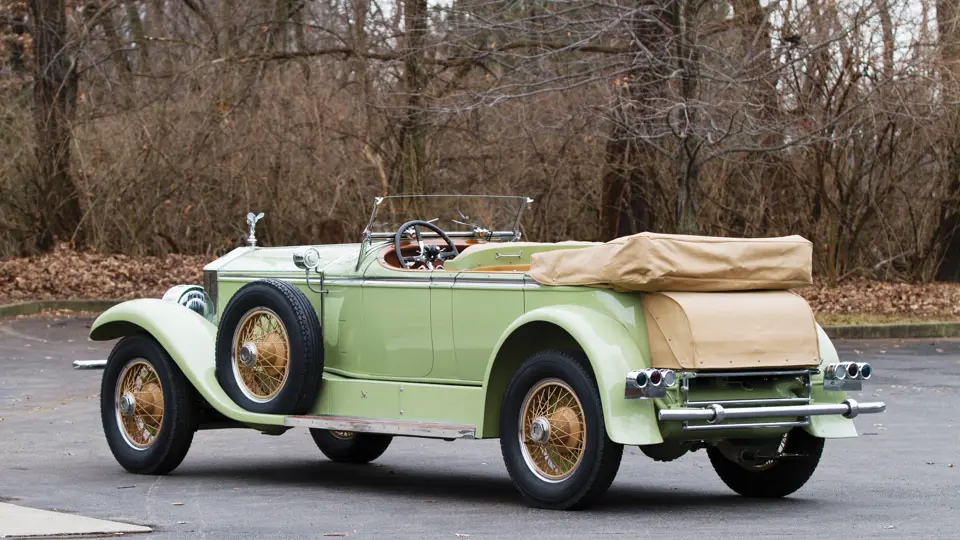






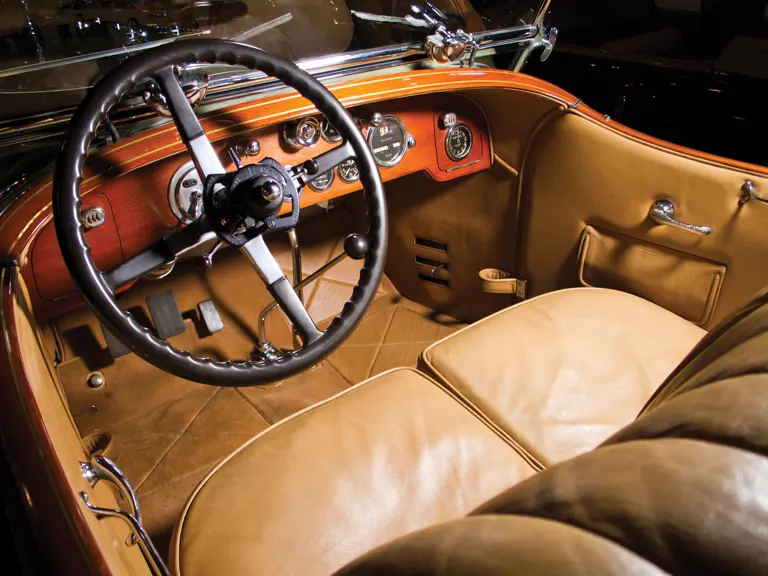
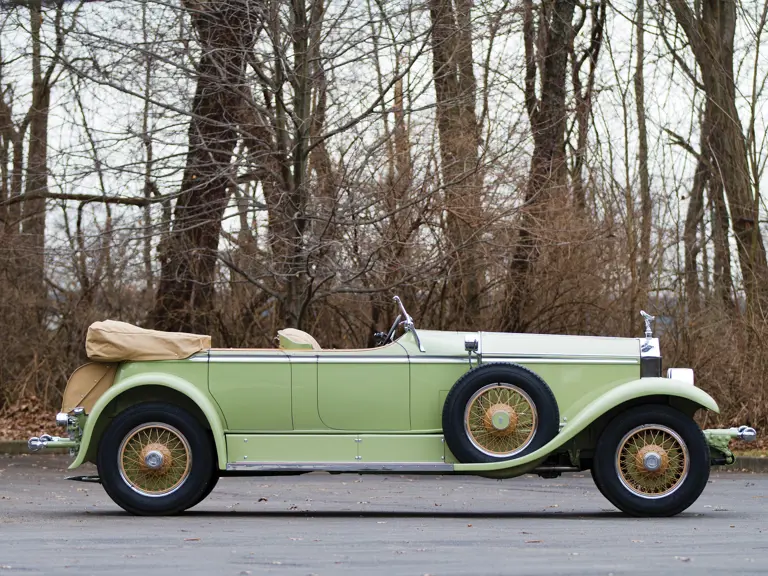
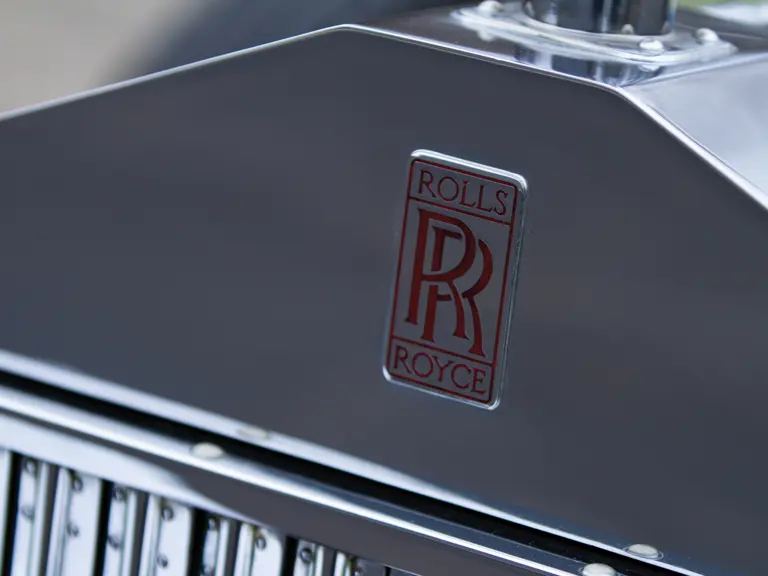



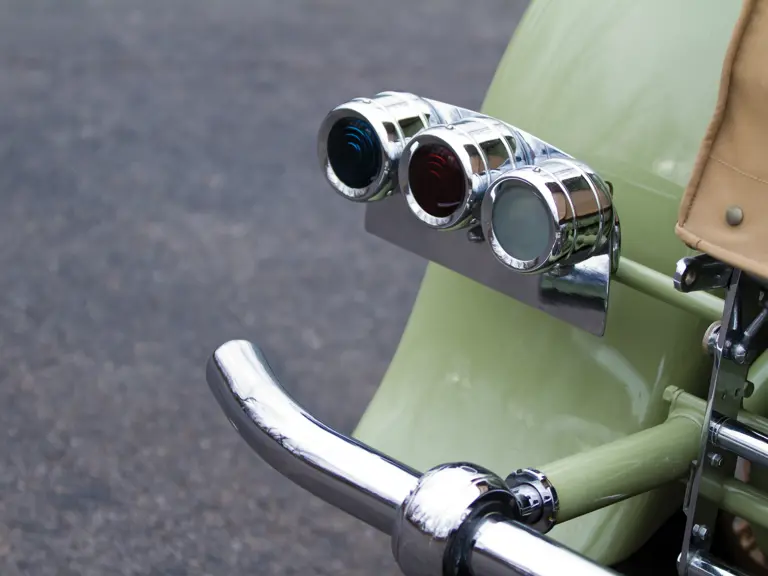
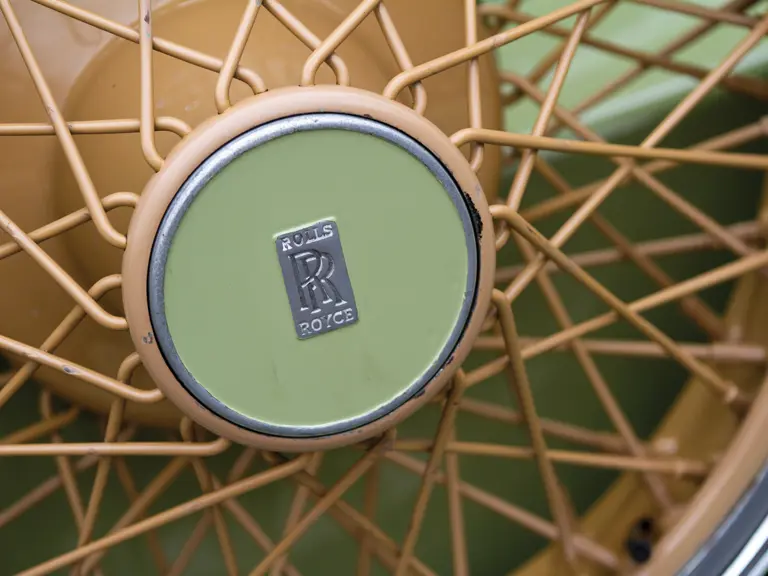
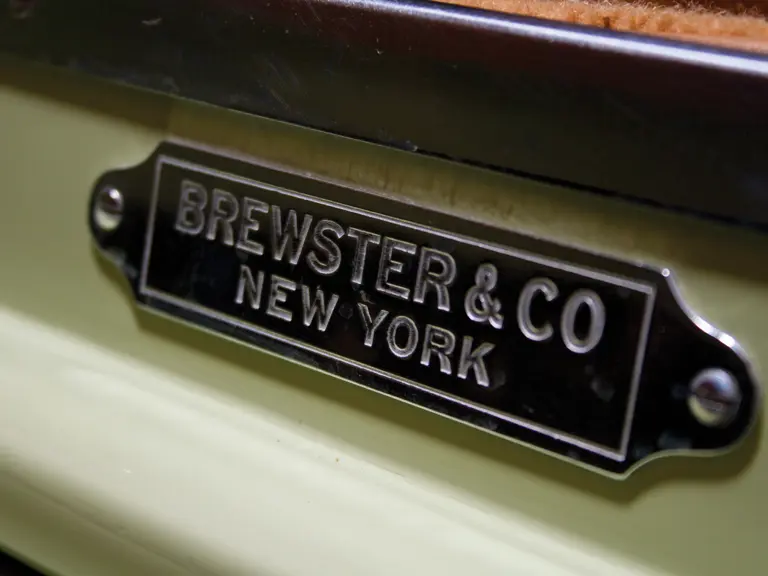




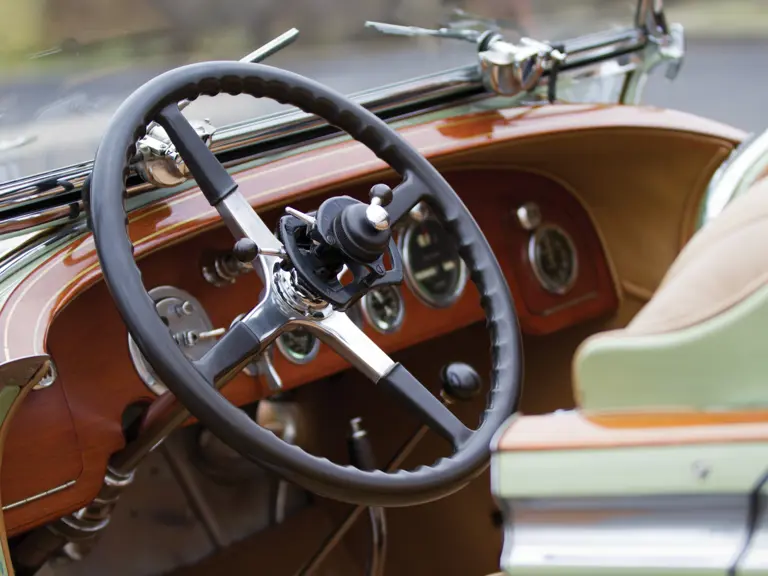
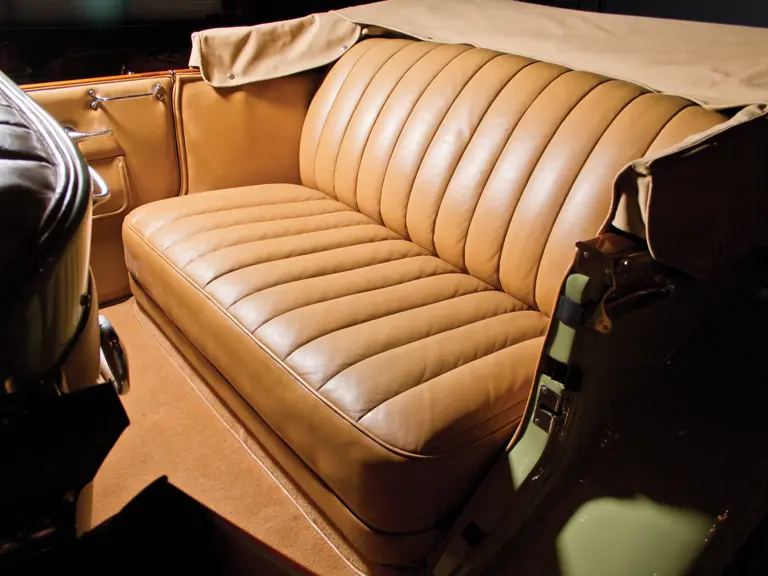
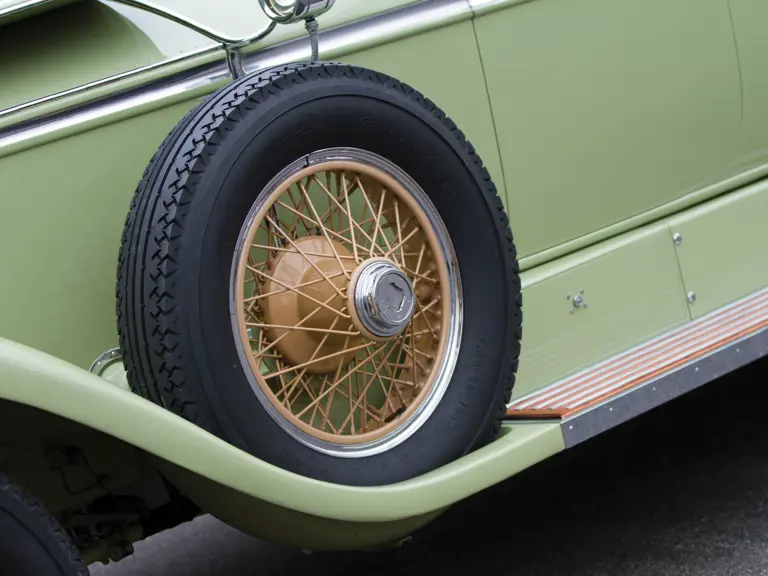

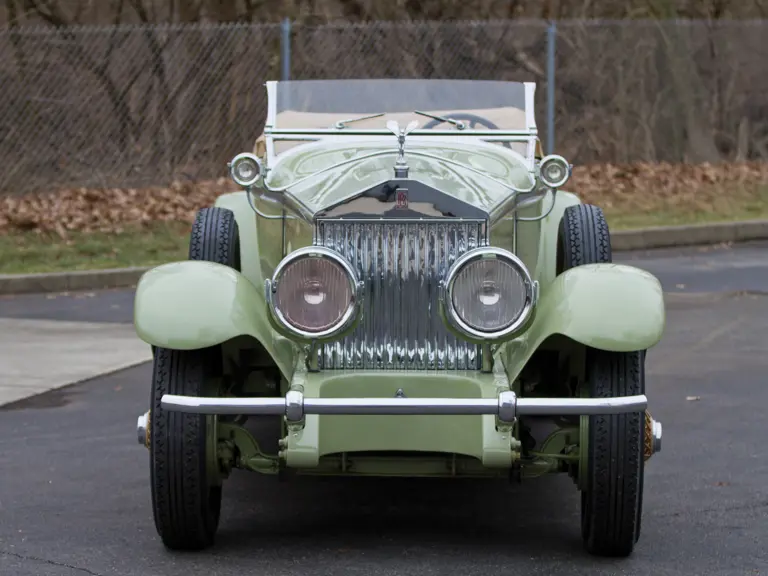
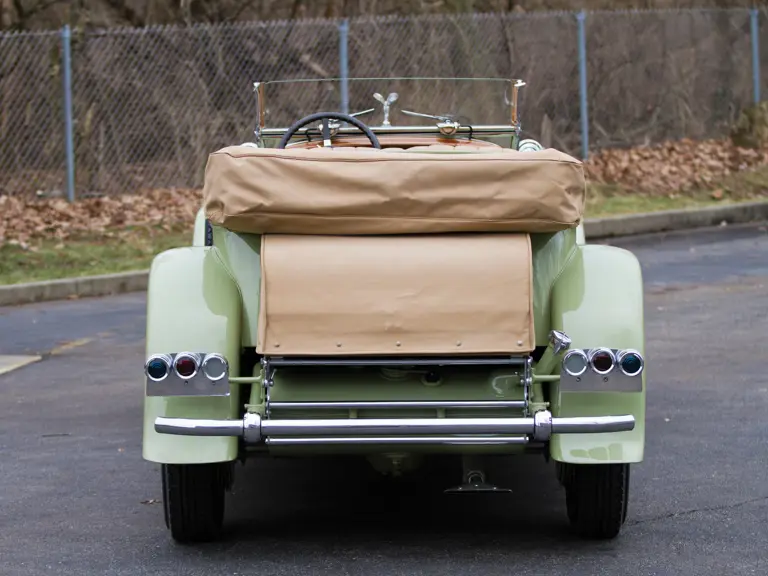
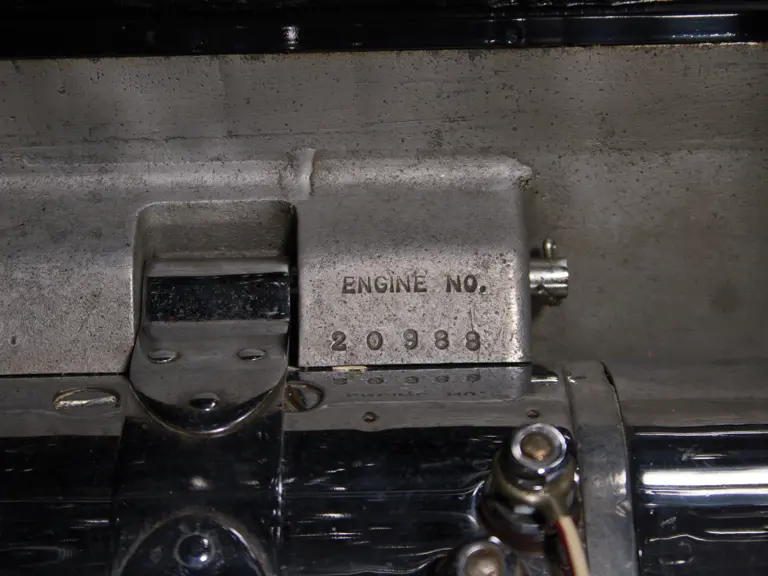
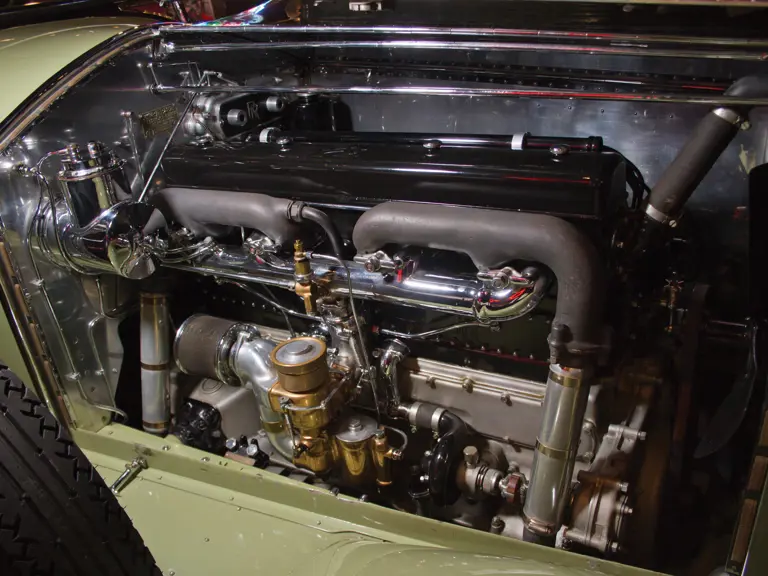
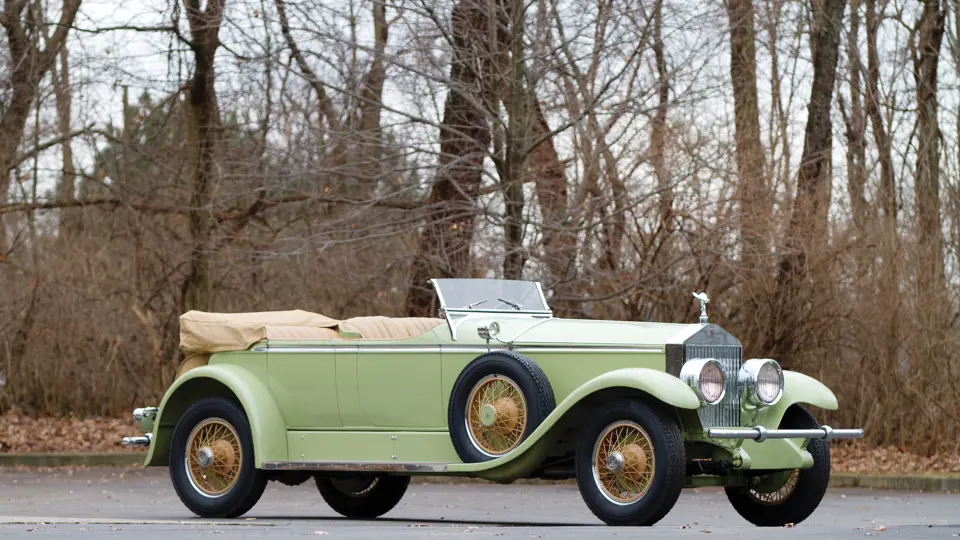
 | Amelia Island, Florida
| Amelia Island, Florida


